1. California City, California
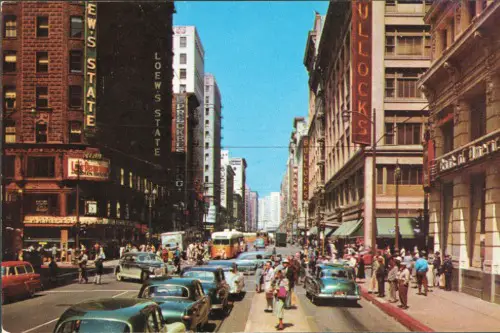
You’d think a town planned to rival Los Angeles would be buzzing with life, right? Not quite. California City was laid out in the 1950s with grand visions: over 200 square miles, an artificial lake, a central park, and room for hundreds of thousands. But despite the massive planning effort, only a tiny fraction of that dream was ever built, according to Michael Hardy from WIRED.
The streets are there—literally, miles of empty roads marked on GPS—but the people never really came. Developers tried hard to sell the dream, but the desert heat and lack of infrastructure scared most folks off. Today, only a few thousand residents live in what was supposed to be California’s third-largest city. The rest? Just empty gridlines in the Mojave.
2. Baldwin Hills Village Extension, Los Angeles, California
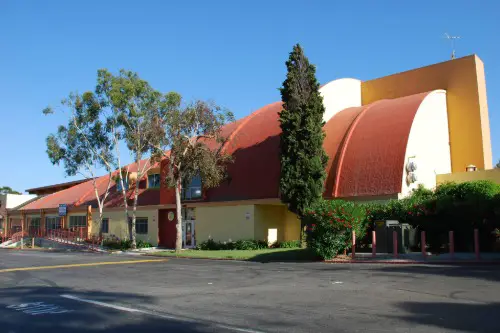
Back in the 1930s, Baldwin Hills Village (now known as Village Green) was a groundbreaking planned community in L.A.—modernist, green, walkable. It was so ahead of its time that planners began drawing up blueprints for a massive extension before the original was even finished, according to Hadley Meares from LAist. The goal was to stretch the concept into a full-scale garden city, doubling or even tripling its footprint. But then World War II hit, and everything ground to a halt.
Materials were diverted to the war effort, and when the dust settled, development priorities had shifted. Post-war L.A. was going vertical and car-centric, leaving the extension plans in the dust. Some parcels were graded, a few roads hinted at what could’ve been, but the grand vision never came back. Today, Baldwin Hills Village is a historic landmark—but its sibling project never made it off the drawing board.
3. Destiny, Florida

In the mid-2000s, Destiny was hyped as Florida’s first eco-sustainable city. The plan was huge—over 40,000 acres, housing for up to 250,000 people, green tech everywhere. It had backing from billionaire Anthony Pugliese and a flashy launch. But it never moved past the PR blitz, according to Kevin Spear from WUSF.
Legal troubles quickly dragged the whole thing down. Disputes over land use and fraud claims hit the project hard. By the early 2010s, Destiny was basically just a cool name with no homes, no roads, and no future. Today it’s an empty field with a very ironic name.
4. Salton City, California
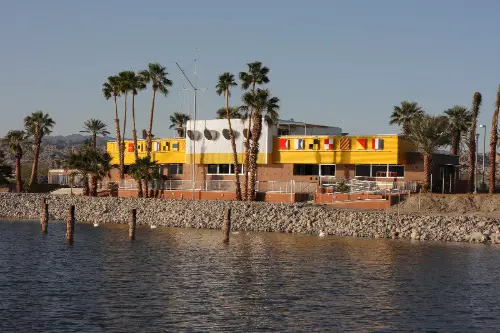
Salton City was supposed to be a luxurious resort town on the shores of the Salton Sea in the 1950s and ’60s, according to Robert H. Boyle from Smithsonian Magazine. Developers poured in money, carved out lots, paved streets, and even built marinas. Celebrities were expected to flock there for boating, golfing, and desert living. But the environmental reality didn’t get the memo.
The sea started to die—fish kills, toxic smells, and rising salinity made it uninhabitable. The tourists never came, and the homes were barely built. Today, you’ll find sun-bleached roads leading nowhere, street signs in the middle of nothing, and scattered ruins of a dream that never made it past the sales pitch. It’s eerie, like nature politely declining a business proposal.
5. Bombay Beach, California
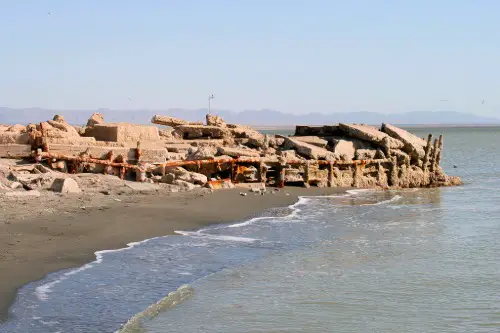
Also near the Salton Sea, Bombay Beach was part of the same sunny vision gone sour. It did see a bit more actual life than Salton City, but never really got going as planned. By the time it was half-built, the sea had turned into a saline soup, and flooding damaged the town’s infrastructure. What was supposed to be California’s Riviera turned into a surreal desert wasteland.
Now, it’s a haven for artists and weird vibes. You’ll see half-submerged trailers, strange sculptures, and signs of what could have been. The post-apocalyptic aesthetic attracts photographers and hipsters, but permanent residents are few. It’s not quite abandoned, but the dream definitely was.
6. Auroville, Arizona (Proposed)
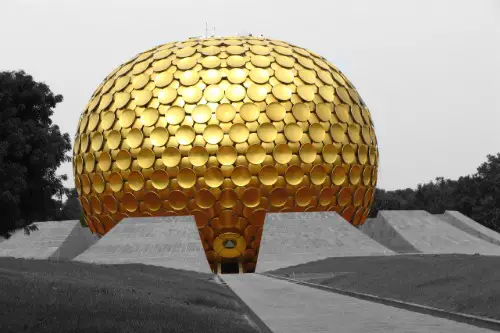
In the early 1970s, a group inspired by the experimental Indian city of the same name proposed building a U.S. version of Auroville in Arizona. It was meant to be a utopian spiritual commune—no money, no politics, just peace and consciousness. Land was scouted, concept art drawn up, and idealistic backers gathered. But that’s about as far as it got.
Zoning restrictions, funding problems, and internal disagreements caused the project to fizzle. No construction ever began, and the land eventually got folded into other developments. The dreamers moved on, some to other communes, some back to city life. Today, Auroville, Arizona is more myth than memory.
7. Empire, Nevada (After the Reboot Attempt)

Empire was once a thriving company town for gypsum mining, but when the mine shut down in 2011, the town emptied almost overnight. Then, a few years later, the company tried to bring it back. There were plans for modern worker housing, a community center, and new energy-efficient upgrades. The rebooted vision sounded promising—but fizzled again before getting fully off the ground.
A few skeleton crews still work nearby, but the town itself remains largely stuck in limbo. The infrastructure is half-updated, half-forgotten. Streets that were supposed to see new life are still cracked and sunbaked. It’s a town that tried to rise again but just couldn’t quite make it.
8. Lake Las Vegas, Nevada (Some Parts)

Lake Las Vegas was supposed to be the next luxury oasis in the desert—golf courses, Italian-style villas, and crystal-clear waters. The early 2000s saw a boom in development, but then the 2008 financial crisis hit hard. Construction stopped on many of the planned neighborhoods and commercial areas. Some buildings were started and then just… left.
Today, parts of the resort are functional, but large swaths remain eerily untouched. Streets curve around empty lots and signs promise homes that never came. The idea wasn’t totally abandoned, but a huge chunk of it was. It’s like finding a party where half the guests never showed up.
9. Centralia, Pennsylvania (Rebuild Attempts)
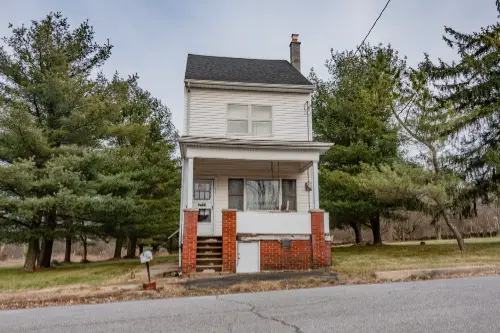
Centralia is infamous for the mine fire burning beneath it since 1962, which slowly forced everyone to leave. But less known is that in the ’80s and ’90s, there were real efforts to rebuild parts of the town with fire-safe areas. Some officials and former residents hoped to section off parts that were untouched and relaunch the community. A few plans were even drawn up for new housing.
But the stigma and danger were too much. Insurance issues, unstable ground, and government buyouts killed the idea. Construction was halted before it began. Today, Centralia is still smoke and cracked roads—with only a few stubborn holdouts and zero signs of a comeback.
10. Valmeyer, Illinois (Old Site)
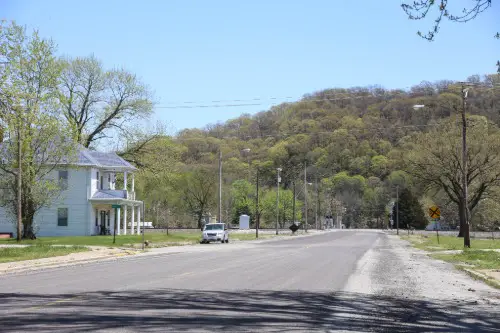
Valmeyer was a Mississippi River town that got hit hard by the Great Flood of 1993. After that disaster, the government offered to fund relocation to higher ground. But before the move was complete, some residents tried to rebuild the original site. Streets were laid out again, some homes were framed, and optimism sparked.
Then reality set in—the flood risk was just too great. Most of the rebuilding was abandoned mid-way. The town’s heart was officially moved uphill, and the old location remains a half-finished ghost grid. It’s a haunting example of resilience that just couldn’t beat nature.
11. Lost Springs, Kansas (Rail Hub That Wasn’t)
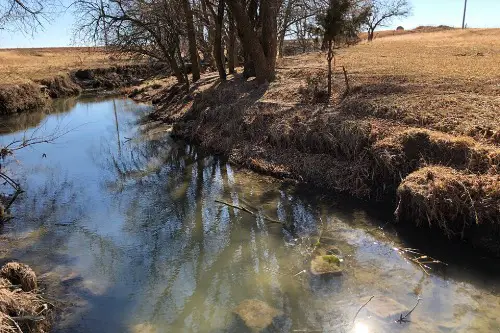
Lost Springs was one of several Kansas towns that popped up in anticipation of a major railway boom in the late 1800s. The town was platted, streets mapped, and lots sold. But then the railroad decided to bypass the area for more favorable terrain. Almost instantly, the town’s prospects crumbled.
A few structures were started and abandoned. The population never rose above a couple dozen. Over the years, efforts to revive or finish the town came and went. Today, Lost Springs lives up to its name—mostly fields with the ghost of ambition.
12. Copperopolis, California (Modern Phase)
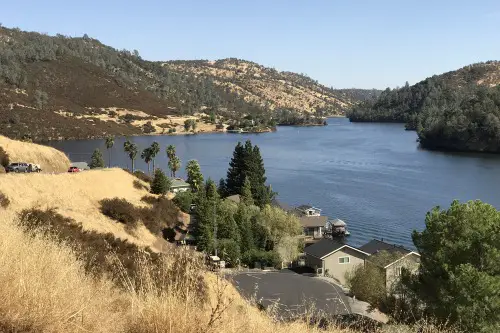
Originally a Gold Rush town, Copperopolis had a second life planned in the 2000s with a new residential and commercial development called “Copperopolis Town Square.” It was meant to be a modern, charming village with shops, condos, and parks. The first phase was completed and looked great—but then the real estate crash happened. The rest of the project stalled immediately.
You can still visit the finished part—it’s oddly clean and empty. Storefronts have signs, but few tenants. The “under construction” areas never got touched again. It feels like a movie set waiting for extras who never arrive.
13. Cairo, Illinois (New District Plans)

Cairo has been declining for decades, but in the early 2000s, local officials tried to draw up plans for a new downtown business district. It was part of an attempt to breathe life into a city with major historical significance. Some groundwork was started, including site clearing and infrastructure layout. But most of the funding dried up before construction really began.
Corruption and mismanagement didn’t help. The empty plots and half-cleared lots still sit there, like a plan paused mid-thought. The town itself survives, barely, but the new district never materialized. It’s another dream halted before the first brick was laid.
14. North Shore, California (Marina Plans)

North Shore was intended to be a luxurious lakefront town, complete with a massive marina, hotels, and fine dining. In the ’60s, developers had big dreams for this corner of the Salton Sea. Some buildings were started, including a yacht club and restaurants. But before the place could be finished, the sea turned nasty.
The shoreline receded, the fish started dying, and the dream fell apart. Construction stopped, and many lots were left empty or half-built. The marina plans were scrapped entirely. Now it’s more of a ruin than a resort.
15. Green Valley, Arizona (Second Phase)
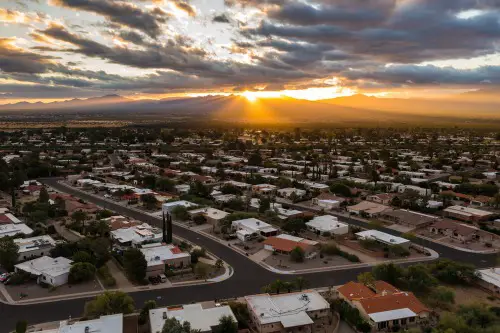
Green Valley was initially built as a retirement community south of Tucson. The first phase went well—golf courses, clubs, the whole nine yards. Encouraged by success, developers mapped out a massive second phase in the ’70s, aiming to double the size of the town. But water rights, environmental concerns, and economic slowdown got in the way.
Earth was moved, pipes were laid, and roads were scratched into the desert—but then it all stopped. The second phase was officially scrapped a few years later. Today, you can still see ghostly grids of roads with nothing on them. It’s like a town was penciled in, then erased before it had a chance.


